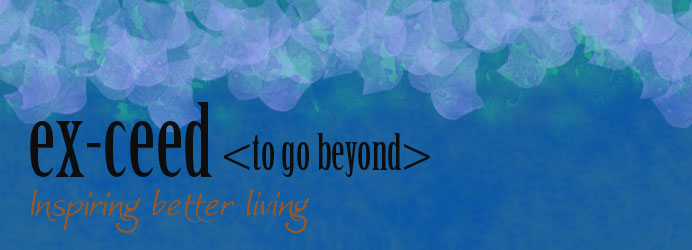
Our two commonest problems—though they are presented in the present—are our pasts and our futures.
Whether it is dashed or unmet dreams, abuse or neglect, if we don’t learn to let go of our troublesome pasts they will ransom our joy for fear, manifested usually in guilt or shame or both.
Likewise, the future can present us with either a lack of hope or fear itself, which, again, is a sort of momentary or longer term hopelessness.
Breaking Life Down to Its Time-Component Parts
Put another way to the above, if we broke life down according to time—past, present and future—we could assess and analyse the causes in each of those categories so far as our problems-of-living are concerned.
And this is important...
I think we’d quickly find that the past and the future—as living states—have a lot to answer for. These commence, for us, two problems which are opportunities to be taken; problems to be overcome.
The Central Premise of Hope
Hope is fundamental to the effective and ‘happy’ living of life. Not many would argue with that.
Hope, then—from the living-of-life viewpoint—steers our way by how we view our pasts and our futures, and how these inform our present moments—our feeling and thinking and, therefore, our saying and doing.
Of course, also, our saying and doing (from our feeling and thinking) come ‘back’ to us via feedback, in a world that is far from holding us ‘in a safe bubble’ i.e. people react to us almost in a cause-and-effect way. Put another way, life doesn’t in any way protect us from our words and actions.
This is almost like an echo of our feeling and thinking—to our saying and doing. Yes, what goes around truly has a habit of coming back around.
This fact—our acting and their reacting—has a tremendous and tumultuous effect on our ‘felt’ sense of hope.
“Just Live in the Present More”
We’ve all heard this cliché: “Just live in the present more to enjoy more of life.”
But what trips us up is our need and our propensity to revisit our pasts and envisage our futures.
Of course, by focus, we can live more presently; so long as we’re consciously aware, and perhaps secondarily, we can also train ourselves to live more ‘instantly,’ but this is still not going to be natural for us; not nearly enough for our intrinsic needs to be met, anyway.
Just staying in the present might help temporarily, but we really need to practice being present, i.e. continually, for it to work. This alone—the practice—can be very fatiguing.
Thankfully there is a superior way.
Show Me the Way Home
Let’s think about tangible solutions to these two problems—the past and future—we’ve invested in and analysed.
We know we are forever held back—our core problems in life regarding these hope-gaps—surrounded by our perception of our pasts and our futures.
We also know we can’t escape these entirely; the past and future commanding their own respective attention.
So, we must address the shortfalls in our experiences of both the past and future. The past is always the best place to start, for this is the place that so often—unfairly and incorrectly a lot of the time—informs us and guides us; our actual present and futures.
What is always required is a ruthless honesty to accept what’s been, to forgive where necessary, and to move on in truth, grace and love. The simpler and more mechanistic this can be done the better.
The way home is the journey back to the past, to ‘put it right,’ (as far as personally possible) and to live life accepting life’s best, which at times is pretty ordinary, always. This journey ameliorates both problems—the past and the future—the commonest problems known to humanity.
© 2010 S. J. Wickham.

No comments:
Post a Comment